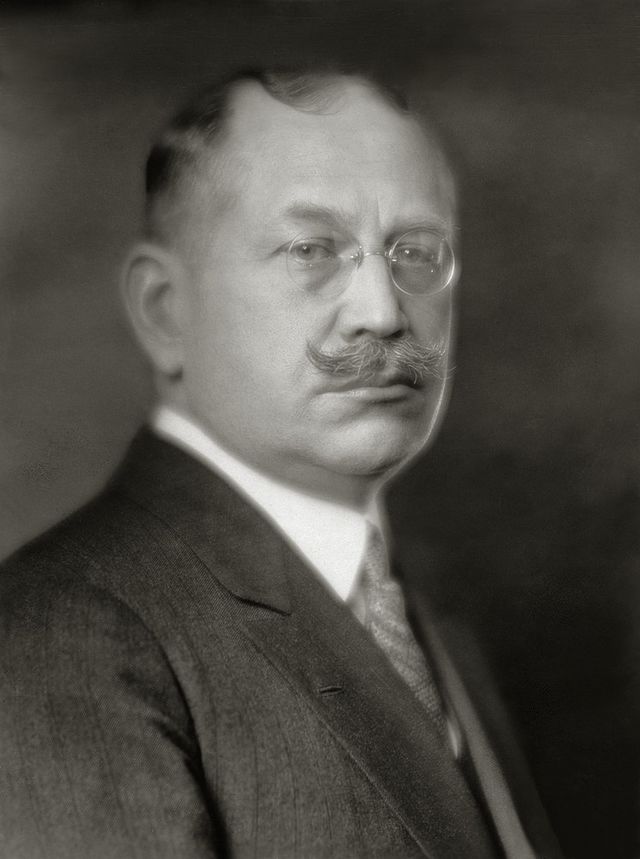Did you know that blood has led the way toward regenerative medicine?
Public attention would suggest that stem cell biology and medical applications began in 1998, when James Thompson in Wisconsin and John Gearhart at Johns Hopkins each developed methods for isolating and identifying human stem cells in culture. Their contributions ushered in an era of regenerative medicine, with billions of dollars chasing stem cell-based cures. Unfortunately, the great enthusiasm, hope, and promise for wonderful cures for all manner of diseases has remained largely that – enthusiasm, hope, and promise.
Yet stem cell therapies have been successful in one area, namely the blood. In fact, the only consistently reliably clinical application of stem cell therapy is through bone marrow transplantation, which allows blood cell regeneration. As Carl Power and John E. J. Rasko suggest in a 20 September 2021 commentary in The New Scientist, “The Stem Cell Revolution Isn’t What You Think It Is.”1 Clinicians cannot reliably make nerve cells or heart muscle cells, or any of the other kinds of cells for which patients have desperate hopes, but they can make blood cells.
A fascinating story suggests that the ideas behind the success of blood marrow transplantation should begin with Alexander A Maximow and his “unitarian theory of hematopoiesis.” The cardiothoracic surgeon Igor Konstantinov tells of his own studies in St. Petersburg, Russia, where he first learned of Maximov, who had then migrated from Russia to the University of Chicago after the Russian Revolution of 1917.2 Maximov developed a unitarian theory of the blood, which held that lymphocytes or polyblasts (later called hematopoietic stem cells) provide the source for all the different types of blood cells. Not many at the time agreed that diverse types of cells could have a common origin, but during the 1920s Maximov provided increasing evidence in favor of his claim. Konstantinov shows Maximov’s dedication to his research, despite the considerable challenges. Though Maximov died in 1928, his ideas continued through his student/colleague William Bloom.

Others pick up the story of bone marrow transplantation, the first of which was successfully carried out in a human in 1939, and which became more common and also more necessary after World War II and the impacts of radiation damage. Transplanting bone marrow, and with it the stem cells for the various blood cells, has given new life to many patients. December 2012, according to hematologists Israel Henig and Tsila Zuckerman, brought the one millionth transplant of blood stem cells.3 What began with a controversial idea by a Russian émigré has become the foundation for the one reliable successful stem cell therapy. Blood has led the way toward regenerative medicine.
